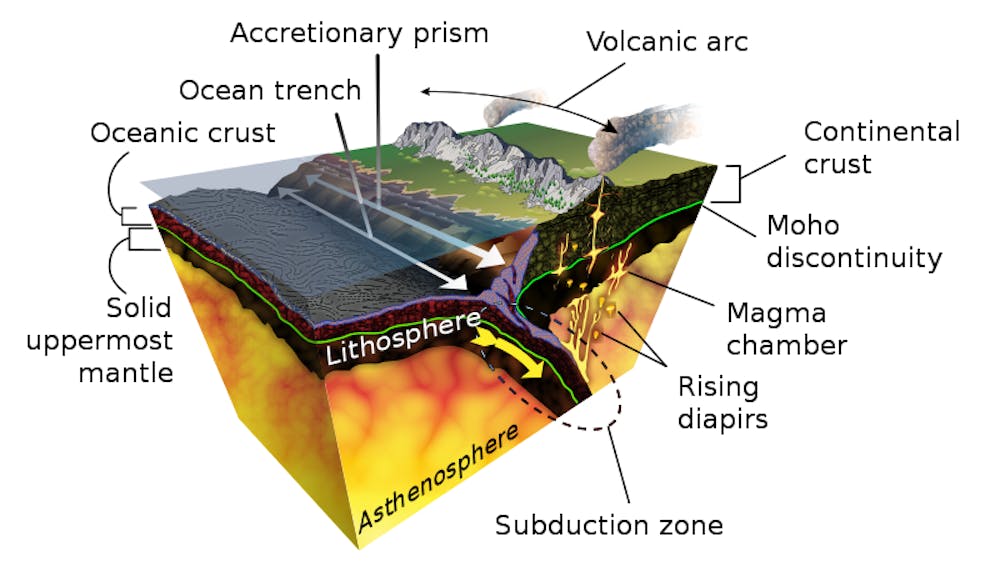Quiz: Do YOU Know the Answers to the Geology Homework?

Photo from Wikimedia Commons / CC-BY-SA 4.0
March 2, 2020 at 12:45 am
Omg hey! You! You're in geology with me, ol' buddy! You know what is so crazy is that I just finished the homework by myself and I was wondering if maybe, if you wanted, you could tell me what the answers are and then I could tell you what answers I got!
That way, we both know that we both got the same answers! On our own! Completely by ourselves without copying from anyone! That would be so cool! Right? Here look I even made this quiz for you so that you can just click the right answers! This is going to be so great. For both of us. Equally.